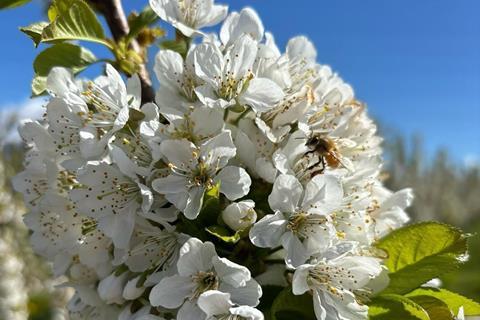Bisecuirty threat poses risks to local honeybee and wild bee populations with potential impacts on growers

Biosecurity New Zealand has urged residents of Auckland to be on the lookout for yellow-legged hornets following the discovery of a queen hornet in the early stages of building a nest in the suburb of Glenfield.
Biosecurity New Zealand North commissioner, Mike Inglis said the nest was removed by biosecurity officers on 17 October, addressing the immediate threat of a colony establishing.
However, with summer approaching, any undetected nests could pose a biosecurity risk.
“This is the first time we’ve found a queen yellow-legged hornet in New Zealand,” Inglis says.
“We responded quickly to this threat, but we need the public’s help to eliminate any further risk.”
The yellow-legged hornet is a biosecurity concern due to its potential impact on honeybee and wild bee populations.
“It is a highly adaptable predator with a broad diet, primarily feeding on bees, wasps, and flies, but also ripe fruit and flower nectar, posing a risk to growers,” Inglis said. “It may compete with native insects and birds for food, and it has a painful sting.”
Two male yellow-legged hornets were spotted earlier this year in the Auckland suburbs of Grafton and Albany.



